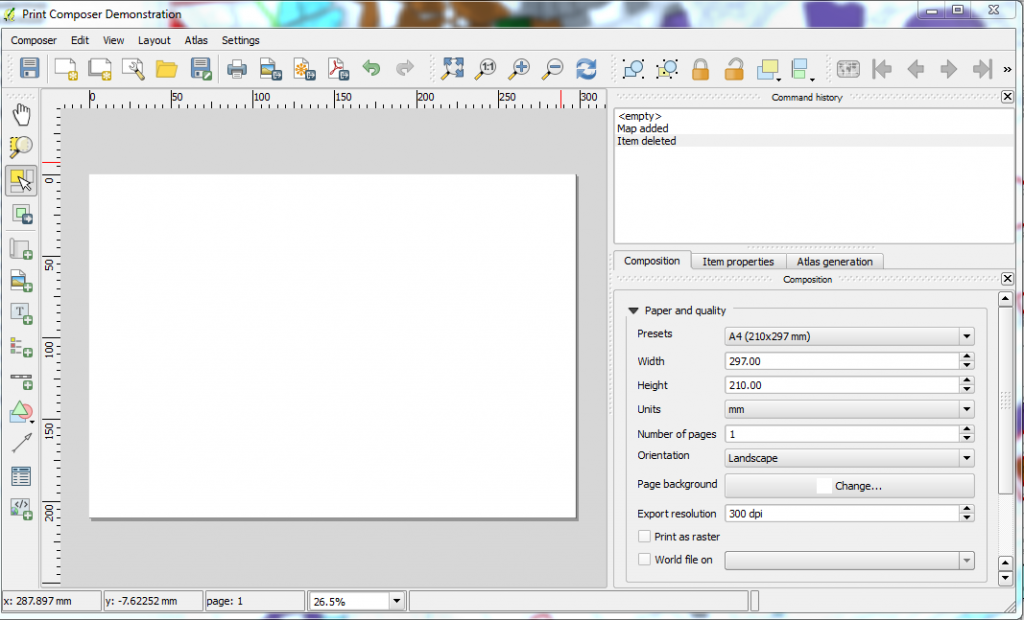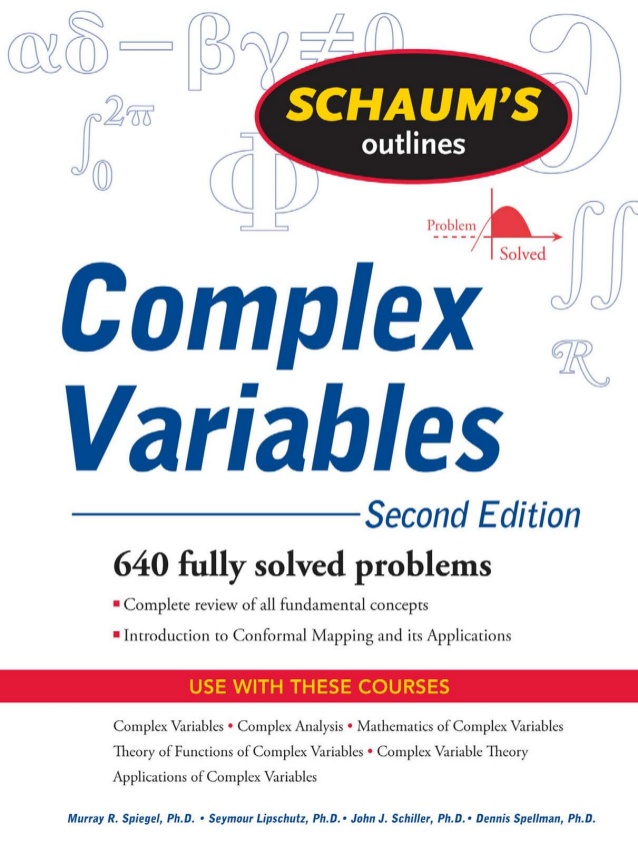With booking systems there are a lot of important things that will make a system successful – good operational speed – a well designed table structure – great UI and good stability but without really really great communication and confirmation with the customer you’re missing a golden opportunity.
I would argue that wedding invites represent the absolute gold standard in organising communication between parties in what is essentially a booking contract.
* Firstly you give the responsibility of organisation to a responsible and motivated party who is familiar with the whole process and why they are doing what they are doing.
* Then great care is taken in the timing of when items should be sent out (not too long before not too short)
* Addresses of all parties are carefully and thoroughly checked
* Extreme care is taken in the wording and importantly formating of communications (and often flexible and personal messages included for specific parties)
* Extreme clarity is taken to ensure party’s know who to contact if their circumstances change and RSVPs come back to the persons that sent them out.
* Direct contact is encouraged in situations lacking clarity
The RSVP process is formalised to reduce confusion ensuring that the original party can identify who communications come back from and simplified to require the minimum amount of effort on the part of the guest.
* All the while the process is constantly overseen by senior management who have complete visibilty and problems are tackled when they arise.
A good booking confirmation will act not only as a great piece of promotion for the organisation (you have the attention of the individual concerned they are listening to every word you write) but superb quality and clarity reduces confusion, reduces the requirement for clarifying further work resulting in less errors, increases the likelihood that the individuals will return to do business, probably will encourage them to book more courses and give confidence that the contract will be actually carried out.
To my mind this kind of detail should be born in mind for all system communications.
An important consideration when designing new systems.















